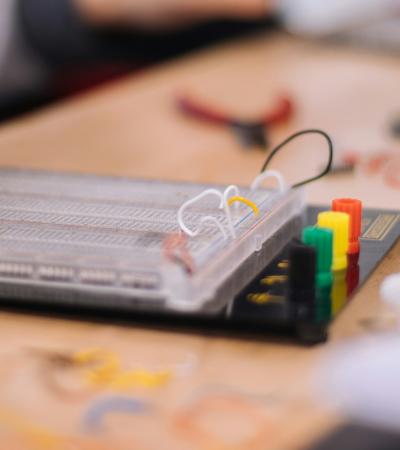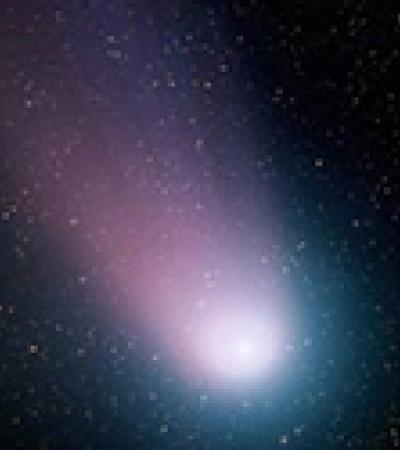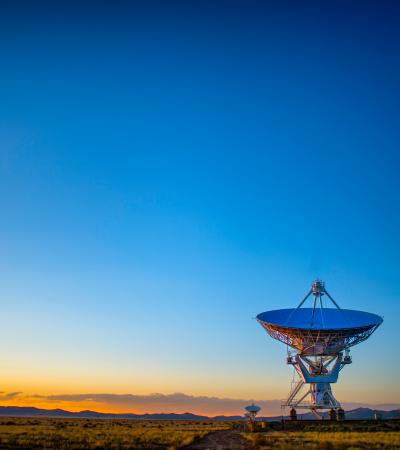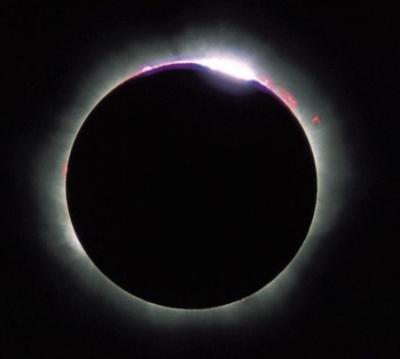
On August 21, 2017, we will be treated to the first total eclipse of the sun visible in the continental United States in almost 40 years. In the past, when the average person started to realize that an eclipse was coming (often through the media), there were only one or two days left to prepare for it. This, however, will be the first such eclipse of the Internet age, and information will likely be widely dispersed in a variety of ways. However your library patrons learn about the eclipse, most people will need clear, reliable information on when and how to safely observe it. Astronomers hope libraries will play a key role in getting this information out to their communities.
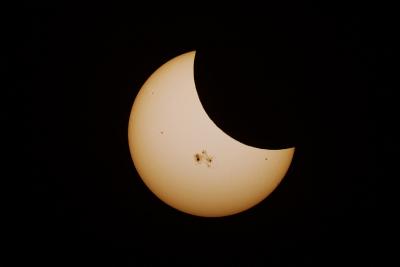
Because it’s only visible in the United States, the eclipse is already being called the “all-American total solar eclipse.” The spectacular total eclipse will only be visible in a narrow band about 60 miles across, stretching diagonally across the country from a beach in Oregon to a beach in South Carolina. However, everyone in North America will see a partial solar eclipse, where a “bite” will be taken out of the sun.
To get up to speed, you can download a free eight-page, non-technical Eclipse Observing Guide published by the National Science Teachers Association (NSTA). This will give you all the basic information you need: what causes eclipses, where and when you can see the 2017 eclipse, what time it will happen in each part of the United States and how to help your patrons observe it safely. Feel free to share electronic or printed copies of the booklet with colleagues or the public.
Next, you may want to start thinking about how to incorporate the sun, moon and eclipses into your 2016-17 programming. Here are some ideas to help patrons (and staff members) understand and observe this celestial event:
- Image
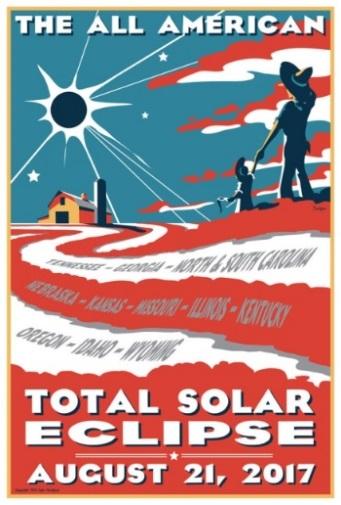
Astronomer Tyler Nordgren designed an educational poster promoting the much-anticipated eclipse. Connect with your local college or university astronomy department, science museum or high school physics or astronomy teacher to see what they’re planning for the eclipse. Ask if someone could give a public talk or host a training session for library staff members. Training videos will also become available from a number of organizations as the eclipse grows closer.
- Join STAR_net, a national network that provides STEM (science, technology, engineering and math) resources for libraries. It will offer webinars and other resources regarding the eclipse during the coming year.
- Check out NASA's Night Sky Network to find amateur astronomy groups near you. Find out if they're doing eclipse outreach and enjoy connecting with the public. Their members likely have eclipse observing experience they can share.
- During the weeks leading up to the eclipse, host public programs to share ways to safely observe the eclipse. Follow the instructions in the NSTA Observing Guide to create pinhole sun projectors or binocular stations.
- There may be opportunities for libraries to purchase reasonably priced, safe eclipse glasses in bulk. Plans are not yet final, but if you would like to be notified if subsidized kits of glasses become available, email Andrew Fraknoi with the name and location of the library and the name and position of the librarian who will be in charge of the program; we will send you information. Information on the companies making these glasses is in the free NSTA booklet.
- Check with your local Girl Scout or Boy Scout troops to see if the scouts could help host eclipse observing experiences at the library — and earn a badge while they’re at it.
- Put together a collection of eclipse materials, including books for adults and children. Our book, “Solar Science: Exploring Sunspots, Seasons, Eclipses, and More,” published by NSTA, is designed to help teachers, community group leaders, museum educators and others explain the science behind the eclipse, as well as the motions of the moon and sun.
- On the day of the event, host an eclipse observing party at your library that includes information, demonstrations and safe observing strategies like those mentioned above.
No matter what you decide to do, we wish you a cloudless eclipse in August 2017 and much success helping your community enjoy it safely.
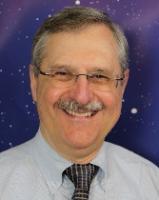
Andrew Fraknoi is the chair of the Astronomy Department at Foothill College in the San Francisco Bay Area and a former executive director of the Astronomical Society of the Pacific. He is the lead author of a college astronomy textbook and appears frequently on local and national radio programs to explain astronomical developments.
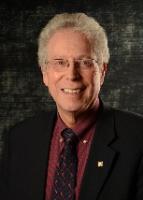
is the author of 23 science books for children. He was the senior vice president of the Pacific Science Center in Seattle for many years, and he was the program director for science education at the National Science Foundation from 2011 to 2015 before returning to Pacific Science Center as senior adviser.

